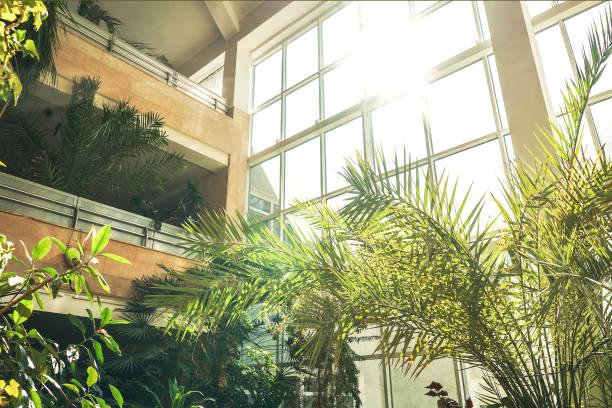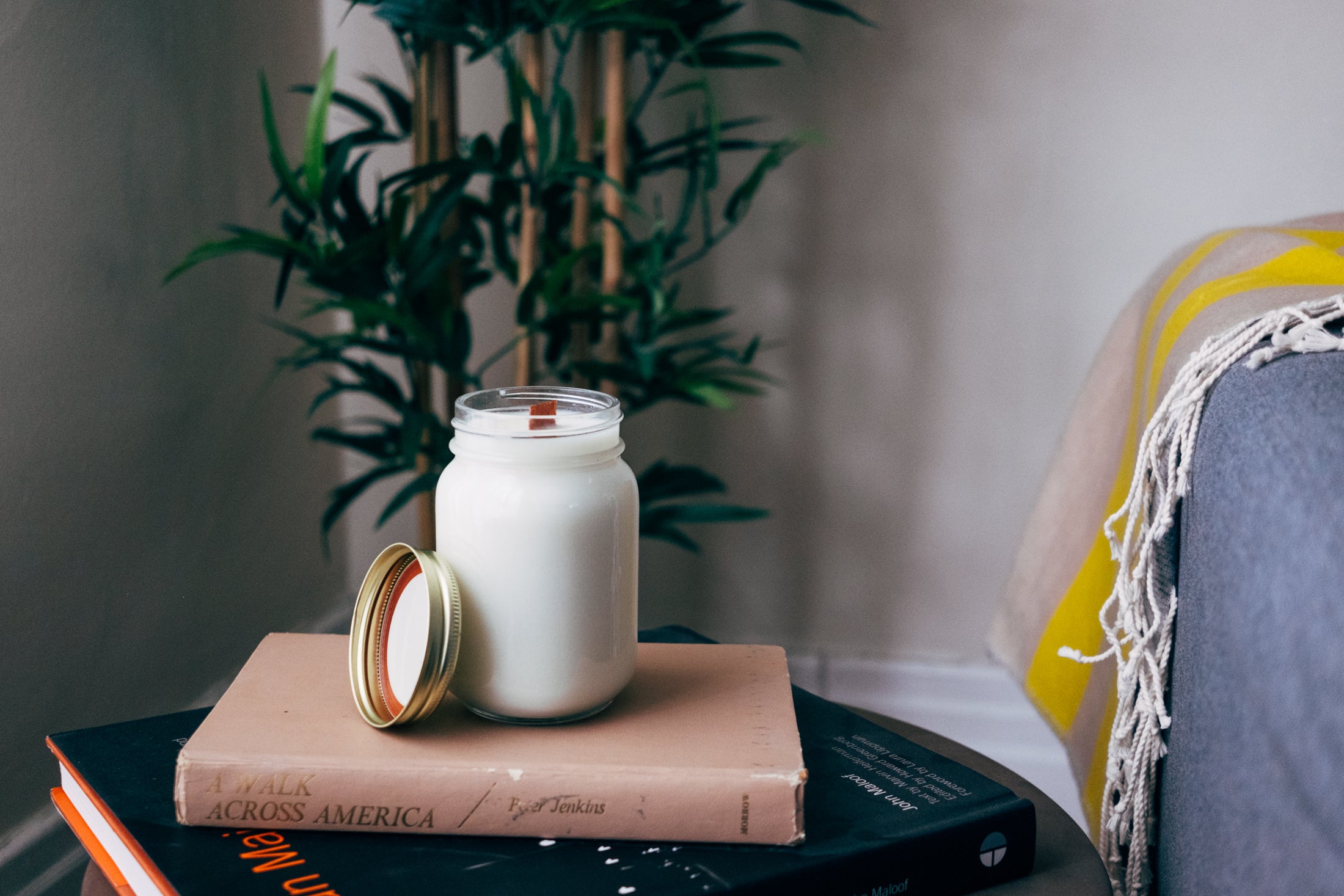Biophilic Design

In essence, biophilic design is about rekindling our primal connection with nature, enriching our lives, and fostering spaces that are not just functional but also nurturing and refreshing. It’s something I’m seeing mentioned more and more lately but as I dive into it, it’s been around a while and it strikes me that it’s something that the Garden City pioneers Ebenezer Howard and Raymond Unwin were using in their urban planning back in the last 19th century.
Howard is often referred to as the ‘father’ of the garden city developments and back in 1898, his book “Garden Cities of To-morrow” outlined the aim to combine the best of urban and rural living – to me, biophilic design is an extension of this as the development of towns and cities somewhere down the line forgot about ‘the right to light’ and ‘cubes’ became the modern working arena.
Local to me, Welwyn Garden City was the second garden city in 1920 (after Letchworth in 1903, not that far away either) and walking around the wide streets, the green parks with lots of water features, statues, art and space, it’s easy to see the benefits. Howard is recognised with a statue in WGC, Unwin in Letchworth; Howard also has a later ‘mall’ development named after him (which I can’t see him ever having agreed as it’s virtually against all his Arts and Crafts inspiration) but it was Unwin whose expertise in including green spaces, well-designed housing and community amenities who was a driving force behind these open and green cities.
Drilling down from town-planning, biophilic design is an approach in architecture where the realisation that having somewhere where employees are comfortable, productive and happy in their work is driving design and interior workspaces; to include natural lighting and ventilation, natural landscape features to offer a more productive and ultimately healthier internal environment. It’s not just putting a plant on a desk as after-all, that plant needs natural light to grow and survive, just as we do.
Katie Gloede wrote “7 Ways to Enhance Indoor Environments with Biophilic Design” back in 2015 and explains: “First made popular by scholar Edward O. Wilson in the 1980’s, Biophilia is the urge for humans to affiliate with other life… recently the Biophilia hypothesis has been directly incorporated in architecture and interior design, improving the performance and well-being of people occupying indoor spaces. Biophilic design improves both physiological and psychological health, which is especially important as people spend an average of 90% of the day indoors.” *
Net Zero requirements are driving changes in how businesses look at their energy emissions and using Biophilic design is a good way of maximising the spaces that we already have and improving our environments; it’s been called ‘the secret to create healthier, harmonious living and working spaces’.
The 2020 pandemic highlighted the need for space within offices and heavy-traffic areas and taking a Biophilic approach can help design spaces that promote well-being and productivity; research has shown that Biophilic design can reduce stress, enhance creativity, boost productivity, has been proven to reduce absenteeism and increase property values. It fosters a sense of calm and relaxation and at its core, aims to bring the outdoors inside.

The use of natural materials, greenery, natural light, and even sounds and scents of nature the goal is to immerse people in a more organic, soothing environment, yet stay ‘on trend’ and keep clients happy with colour choices that suit not only their emotional needs but trend-tastes and lives. Grey continues to be popular but as a colour that has zero benefits to your mood, it’s a neutral that needs to be used carefully both as a material (think concrete) and a paint.

If you fancy incorporating biophilic design in your homes and offices, the core principles include:
- Nature-Inspired Materials:
- Use natural materials such as wood, stone and plant-based textiles
- Natural Light and Views:
- Maximise access to natural light and providing views of nature through windows and skylights.
- Greenery and Plants:
- Incorporate indoor plants, vertical gardens and living walls to introduce living, breathing elements into indoor spaces.
- Water Features:
- Integrating water elements like fountains, ponds, or even simulated water features for their soothing and reflective qualities.
- Natural Shapes and Patterns:
- Use organic shapes and patterns in design, such as fractals and biomorphic forms.

Sources:
*Katie Gloede www.architectmagazine.com/technology/7-ways-to-enhance-indoor-environments-with-biophilic-design_o
Biophilic Design: The Theory, Science, and Practice of Bringing Buildings to Life" by Stephen R. Kellert and Judith Heerwagen
"The Economics of Biophilia" by Terrapin Bright Green
"Biophilic Design Patterns: Emerging Nature-Based Parameters in Architectural Design" by Kellert et al.: Published in the journal "Environmental Design and Construction".
"The Human Spaces Report: Biophilic Design in the Workplace" by Human Spaces
